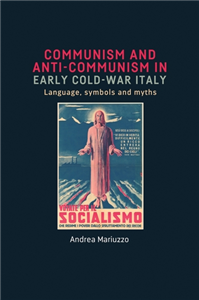The United States, the Soviet Union and the Arab-Israeli conflict, 1948–67
Superpower rivalry
by Joseph Heller
Israel's relations with each of the superpowers was determined by global factors. The dilemma facing Israel was how to reconcile its interests with those of the United States, having failed to do so with the Soviet Union. Moreover, throughout the cold war the United States considered Israel a burden rather than an asset and had to accommodate support for Israel with keeping the Arab states within the western orbit. Partisan policy could have dealt a mortal blow to the fundamental assumption of American global strategy. Namely that the Middle East should not be allowed to become a cold war arena. The book shows how the fledgling state of Israel had to manoeuvre between the superpowers to survive.























